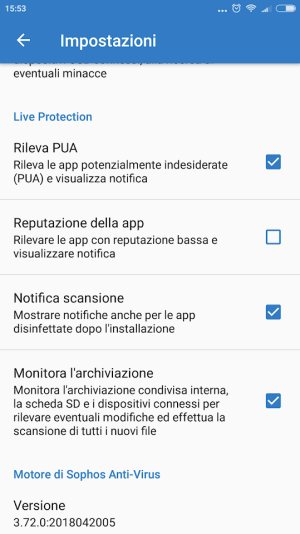
Matsya Purana English Pdf
• The Matsya Purana Introduction There are eighteen major Puranas or mahapuranas, the word 'maha', meaning great.  There are also several other minor Puranas or upapuranas, the word 'upa' signifying minor. Amongst the eighteen mahapuranas, the Matsya Purana is number sixteen. The Puranas themselves describes the five characteristics (pancha lakshana) that a text must satisfy before being classified as a mahapurana.
There are also several other minor Puranas or upapuranas, the word 'upa' signifying minor. Amongst the eighteen mahapuranas, the Matsya Purana is number sixteen. The Puranas themselves describes the five characteristics (pancha lakshana) that a text must satisfy before being classified as a mahapurana.
Download All Ved and Puran PDF Hindi Free. Markandya Puran (Download); Matsya Puran (Download Part I) (Download Part II). Vishnu Puran English – Digitized By Google (Download). SrimadDeviPurana – English – (Download). The Matsya Purana (IAST: Matsya Purāṇa) is one of the eighteen major Puranas (Mahapurana), and among the oldest and better preserved in the Puranic genre of Sanskrit literature in Hinduism. [1] [2] The text is a Vaishnavism text named after the half-human and half- fish avatar of Vishnu.
That is, any such text must dscribe five different subjects. These are the original creation of the universe (sarga), the periodical process of destruction and re-creation (pratisaryga), the various eras (manvantara), the histories of the solar dynasty (surya vamsha), and lunar dynasty (chandra vamsha) and royal genealogies (vamshanucharita). The Matysa Purana describe these five different subjects.
Traditionally, the Ramayana is believed to have been composed by the sage Valmiki and the Mahabharata by the sage Vedavyasa. Vedavyasa was the son of Satyavati and the sage Parashara. His real name was Krishna Dvaipayana. The word 'Krishna' means dark and he came to acquire the name because he was dark in complexion.

The word dvipa means island and the sage acquired the name of Dvaipayana as he was born on an island. The Mahabharata has one lakh shlokas or couplets.
After composing the Mahabharata, Vedavyasa composed the eighteen mahapuranas. These texts have four lakh shlokas between them, although they are not equal in length. The Matsya Purana is a medium-length Purana, and consists of fifteen thousand couplets. The longest Purana, the Skanda Purana, has eighty-one • thousand.
And the shortest Purana, the Markandeya Purana, has only nine thousand. The fourteen thousand shlokas of the Maysya Purana are divided into two hundred and ninety-one chapters (adhyaya). The eighteen Mahapuranas are sometimes divided into three groups, with six Puranas in each group. There are 33 million administrative demigods mentioned in the Vedas.
But the primary gods are Brahma, Vishnu and Shiva. Brahma is regarded as the creator, Vishnu as the maintainer, and Shiva the destroyer.
Since all three are important gods, any sacred text will glorify each of them. But the relative emphasis often varies from text to text. For example, a text which spends many chapters on the act of creation tends to glorify Brahma relatively more and is known as a rajasika Purana.